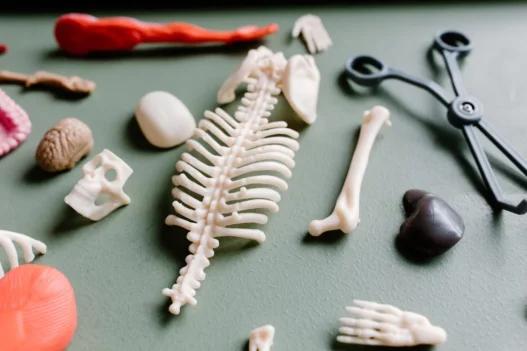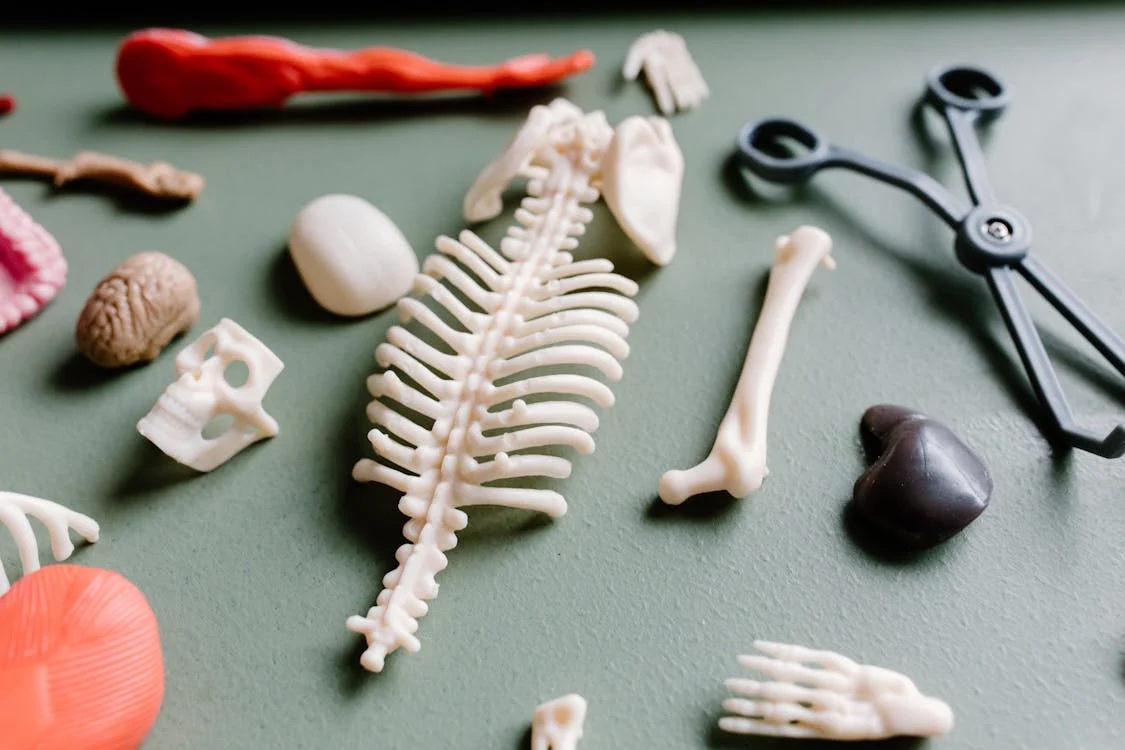0SSQX5Z refers to the process of repositioning the left toe phalangeal joint using an external fixation device through an external approach. This procedure is typically done to correct deformities or injuries in the toe joint.
Table of Contents:
- 🔎 Clinical Indication
- 📋 Preparation
- 📖 Methodology
- 🩹 Recovery
- 🚨 Complexity & Risk
- 🔀 Similar Procedures
🔎 Clinical Indication
Repositioning the left toe phalangeal joint with an external fixation device through an external approach may be necessary in cases of severe fractures or dislocations that cannot be managed with conservative treatment methods.
This procedure allows the orthopedic surgeon to properly realign the bones in the toe joint and stabilize them using an external fixation device, which helps promote healing and prevents further complications.
By performing this procedure, patients can regain proper function and alignment of the left toe phalangeal joint, ultimately leading to improved mobility and decreased pain in the affected area.
📋 Preparation
Before performing the procedure 0SSQX5Z (Reposition Left Toe Phalangeal Joint with External Fixation Device, External Approach), the patient will undergo a thorough physical examination to assess the extent of the injury and any potential risks.
Imaging studies such as X-rays or MRIs may be ordered to confirm the diagnosis and determine the best course of action for repositioning the left toe phalangeal joint with an external fixation device.
The surgical team will review the patient’s medical history, allergies, and current medications to ensure that they are well-prepared for the procedure and to minimize any complications during and after surgery.
📖 Methodology
During an OS5QX5Z procedure, a surgeon will reposition the left toe phalangeal joint using an external fixation device. This device helps stabilize the joint and encourage proper alignment for optimal healing. The surgeon will approach the joint externally, meaning they will make an incision on the outside of the toe to access the joint.
Once the joint is realigned, the surgeon will secure the external fixation device to keep the joint in place during the healing process. This device may include pins or wires that are inserted into the bone to maintain proper positioning. The external approach allows the surgeon to address the issue without directly manipulating the joint from within.
🩹 Recovery
After undergoing reposition of the left toe phalangeal joint with an external fixation device, the patient will typically have a recovery period where they will need to rest and elevate the affected foot to reduce swelling.
During this time, the patient may be advised to avoid putting weight on the affected foot and to follow up with their healthcare provider for monitoring and potential adjustments to the external fixation device.
Physical therapy may also be recommended to help restore range of motion and strength in the toe joint after the external fixation device is removed. Patient compliance with post-operative instructions and rehabilitation exercises is crucial for a successful recovery.
🚨 Complexity & Risk
Performing OSQX5Z, also known as Reposition Left Toe Phalangeal Joint with External Fixation Device, External Approach, is a complex surgical procedure that involves realigning the bones in the toe using an external device. This procedure requires precision and skill on the part of the surgeon to ensure proper alignment and healing.
The potential risks to patients undergoing OSQX5Z include infection, nerve damage, and prolonged pain or swelling. The use of an external fixation device can also lead to complications such as pin tract infections or device loosening, which may require additional surgery to correct. It is important for patients to discuss the risks and benefits of this procedure with their healthcare provider before moving forward.
🔀 Similar Procedures
Another medical procedure that is similar to repositioning a left toe phalangeal joint with an external fixation device is repositioning a dislocated shoulder using a sling or brace. Both procedures involve realigning a joint that has been displaced due to injury or trauma. This helps to restore function and stability to the affected area.
In both cases, the goal is to provide support to the joint as it heals and prevent further damage or misalignment. Repositioning the joint with the external fixation device or sling allows for proper healing to take place, ultimately allowing the patient to regain mobility and functionality in the affected area. By providing external support, these procedures ensure that the joint is held in the correct position during the healing process.

